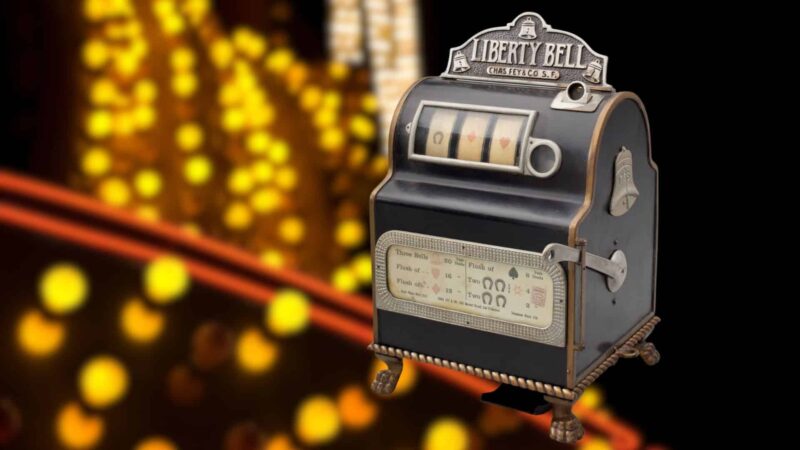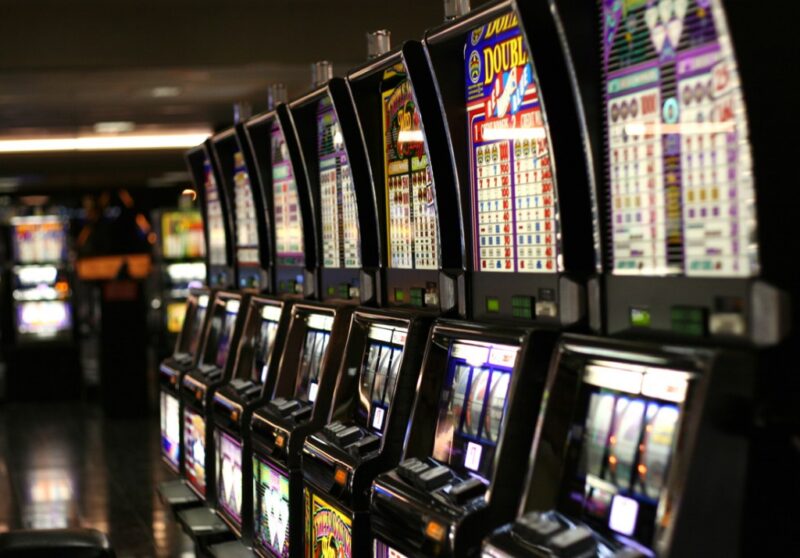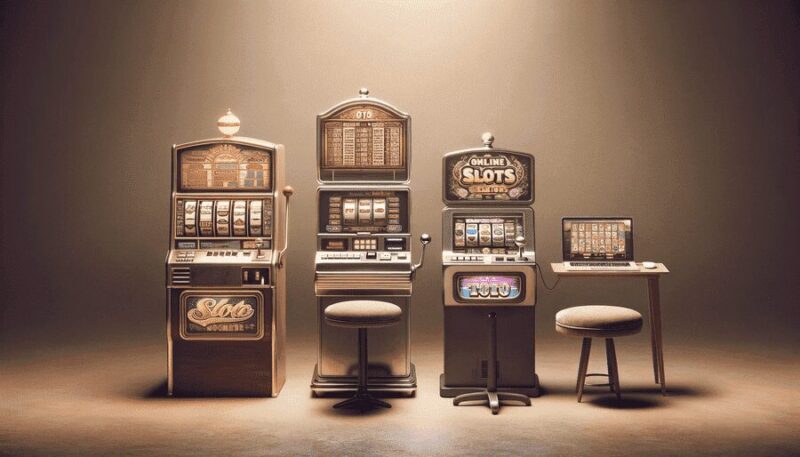Welcome to the thrilling journey of the slot machine! The evolution of this iconic gambling game is fascinating and filled with twists and turns. From its humble beginnings as a one-armed bandit to the digital world of cash-sucking apps, slot machines have adapted and thrived in every era. Buckle up and let’s take a ride through time to uncover the rich history of slot machines and how they have managed to captivate the world for over a century.
A Simple Start: The Liberty Bell

The story of the kakekmerah4d slot machine begins in the late 19th century with Charles Fey, a San Francisco mechanic with a knack for invention. He created the Liberty Bell, the first mechanical slot machine, in 1895. This machine, a quaint contraption by today’s standards, had three spinning reels with symbols like horseshoes, bells, and playing cards. Winning was simple: line up three bells and win the grand prize of 50 cents.
Despite its simplicity, the Liberty Bell laid the foundation for slot machines as we know them today. Its mechanical design introduced the spinning reels and payline concept that would remain integral to slot machines for decades. People were enchanted by the novelty of the game and the chance to win, however modest the payout might have been.
Mechanical Wonders: The Golden Age
The early 20th century marked the golden age of mechanical slot machines. The industry started gaining momentum, and soon, slot machines became a common sight in saloons, cigar stores, and even barber shops. Fey’s invention had inspired countless imitators and competitors, each adding their unique twist to the machines.
These mechanical marvels became more sophisticated over time. Some offered multiple paylines, and the symbols became more diverse and colorful. Payouts increased, and gamblers were drawn to the allure of higher stakes and bigger prizes. With their flashy designs and ever-evolving mechanics, these machines became a staple of the gambling world.
The Electric Age: Stepping Into the Future

By the mid-20th century, technology started creeping into the world of slot machines. The industry was revolutionized in 1963 when Bally Manufacturing developed the first electromechanical slot machine, the Money Honey. Gone were the fully mechanical gears and springs; the Money Honey operated on a combination of mechanical and electrical components. It featured more substantial payouts and the first automatic hopper payout, which could pay out up to 500 coins without human intervention.
This innovation led to a new era of slots with electronic systems that allowed for more complex gameplay, lighting, and sound effects. The simple “one-armed bandit” was transforming into something far more interactive and exciting. Lever pulls started to be replaced by buttons, and the machines became sleeker and more efficient. The electrification of slot machines paved the way for further advancements, laying the groundwork for what was to come.
Digital Delight: The Microprocessor Revolution
The 1970s and 1980s brought the rise of microprocessors, which signaled another major leap in slot machine evolution. Companies like International Game Technology (IGT) began using microchips to run the machines, giving birth to video slots. These electronic machines featured digital displays rather than mechanical reels, expanding the design possibilities and allowing for more interactive features.
With the introduction of video slots, the gaming experience changed dramatically. Multiple paylines, complex bonuses, and mini-games were all made possible through this new digital platform. Players could now enjoy elaborate storylines and themes, transforming the once straightforward game of chance into a fully immersive entertainment experience.


